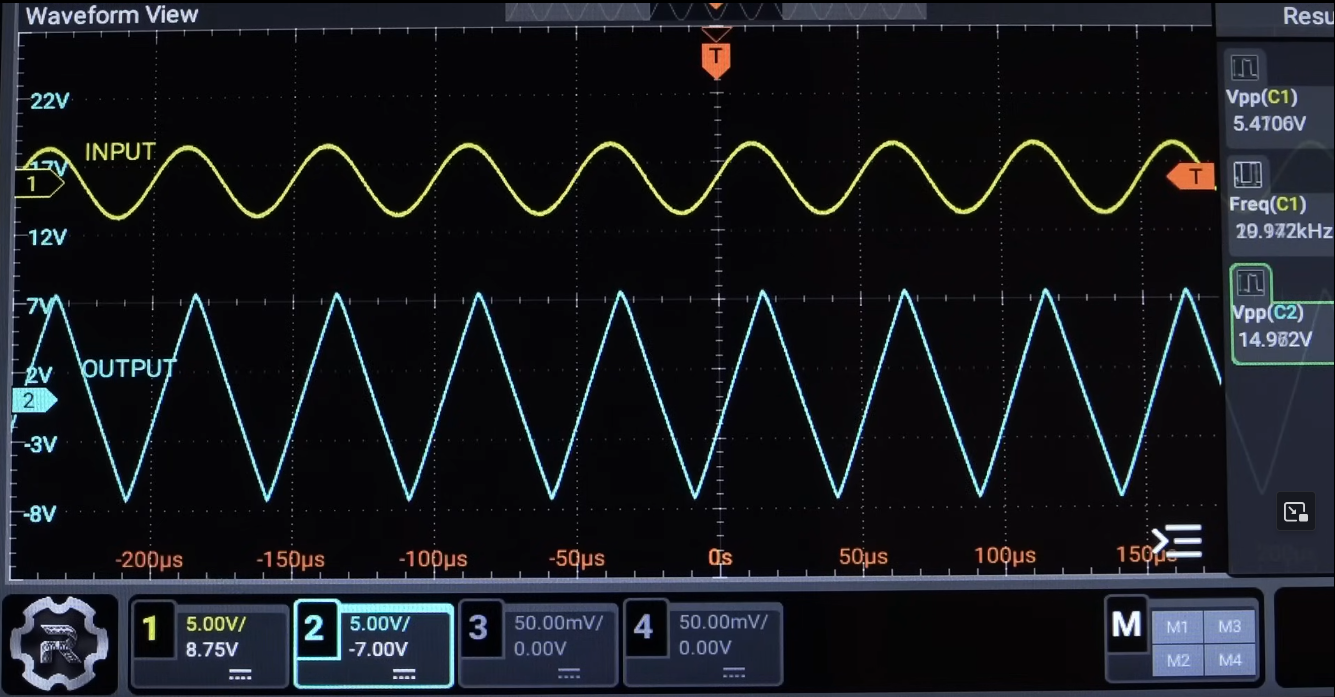
First of all, we’d like to give a big shout-out to [Afrotechmods]! After a long hiatus, he has returned to YouTube with an awesome new video all about op-amp characteristics, looking at the relatively awful LM741 in particular. His particular way of explaining things has definitely helped many electronics newbies to learn new concepts quickly!
Operational amplifiers have been around for a long time. The uA741, now commonly known as the LM741, was indeed an incredible piece of technology when it was released. It was extremely popular through the 1970s and onward as it saved designers the chore of designing a discrete amplifier. Simply add a few external components, and you have a well-behaved amplifier.
But as the years went on, many new and greatly improved op-amps have been developed, but either because of nostalgia or reticence, many in the field (especially, it seems, professors teaching electronics) have continued to use the LM741 in examples and projects. This is despite its many shortcomings:
- Large input offset voltage
- Large input offset current
- Low gain-bandwidth product
- Miserable slew rate of only 0.5V/uS
And that’s not even the full list. Newer designs have vastly improved all of these parameters, often by orders of magnitude, yet the LM741 still appears in articles aimed at those new to electronics, even in 2025. There are literal drop-in replacements for the LM741, such as the TLC081 (not to be confused with the similarly named FET-input TL081), which has 32 times the slew rate, 10 times the gain-bandwidth product, and an input offset voltage almost 2 orders of magnitude better!
So, check out the full video below, learn about op-amp parameters, and start checking out modern op-amps!